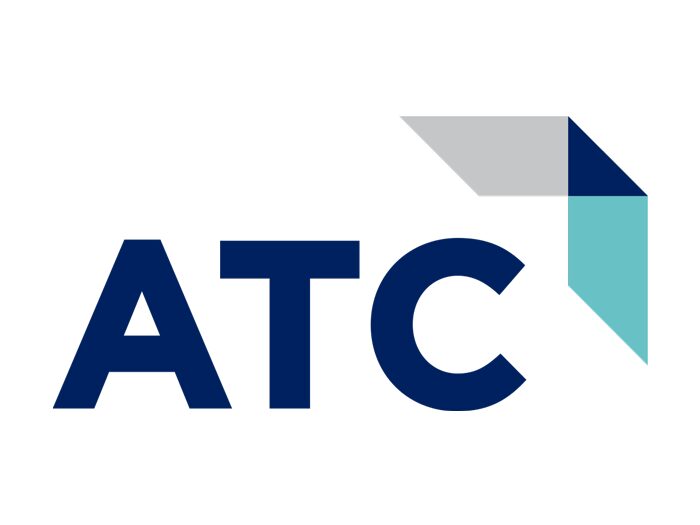
In November 2023, the technology landscape witnessed a monumental shift when Broadcom acquired VMware for a staggering $69 billion. This acquisition marks a significant financial move and signals a transformative era for VMware and its extensive user base. As technologists, understanding the implications of this acquisition on licensing, product bundles, support mechanisms, and financial impacts is crucial to navigating this new terrain effectively.
The Acquisition: A New Chapter for VMware
Broadcom’s acquisition of VMware is a clear indicator of the industry’s evolving dynamics. With a firm stance on transitioning toward subscription-based services and hybrid cloud environments, Broadcom is steering VMware into new waters. This move aligns with the broader industry trend of adopting more flexible, service-oriented architectures.
Key Developments Post-Acquisition
The acquisition wasn’t just a financial transaction but a strategic overhaul of VMware’s operational and product strategies:
- Transition to Subscription-Based Licensing: VMware has completed its transition to subscription-based licensing models, discontinuing perpetual licenses and Support & Subscription (SnS) renewals. This shift means that organizations must adapt to the new licensing model, which could have financial and operational implications.
- End of General Availability for Free Edition: Broadcom discontinued the general availability of the VMware vSphere Hypervisor (Free Edition) in mid-February. This decision underscores the company’s commitment to streamlining product offerings and focusing on subscription-based models.
- Restructuring Cloud Partner Programs: The July announcement of the Broadcom Advantage Partner Program, which operates on an invitation-only basis, signals a more selective and possibly more competitive partner landscape. The Broadcom Pinnacle Partner program only includes twelve organizations that can commit to a massive minimum spend with Broadcom. These organizations receive the best prices and support, along with the ability to offer bridge licensing.
- Understanding the Unit Model: Under VMware, end clients were charged per socket, and Cloud Partners were charged per GB of RAM. Now, all organizations are charged per accessible core, with a minimum purchase of 16 cores.
Navigating the Licensing Changes
One of the most immediate impacts for IT organizations is the shift in licensing models. Moving from perpetual licenses to subscription-based models requires a thorough analysis of current and future licensing needs.
Assessing Financial Impact
The transition to subscription licenses can affect budgets and financial planning:
- Cost Analysis: Organizations need to perform a cost-benefit analysis comparing the financial impact of the subscription model versus the old perpetual license model. This includes assessing total cost of ownership (TCO) and return on investment (ROI). The new list price for the most popular product bundle—VMware Cloud Foundation (VCF)—will be $350 per year, per core. For most organizations, the financial impact will be a 300-500% increase based on their prior discounts. For non-profits and education organizations, it could be as much as an 800% increase.
- Budget Adjustments: Subscription models typically involve recurring costs, which could necessitate adjustments in annual IT budgets. It’s essential to plan for these changes to avoid financial disruptions.
License Management
Effective license management becomes crucial with the new subscription model:
- License Tracking: Implement robust systems to track subscription licenses, renewals, and usage. This ensures compliance and avoids unexpected costs.
- Contract Negotiations: Engage in proactive negotiations with VMware/Broadcom to secure favorable terms and conditions for subscription licenses. If your organization opts for a one-year Enterprise License Agreement, be prepared to pay an additional premium for the reduced term.
Adapting to New Product Bundles
The overhaul of VMware’s product portfolio means IT organizations must stay informed about new product bundles and offerings. This includes understanding new product features, benefits, and potential use cases.
Evaluating Compatibility
Ensure that any new VMware products or bundles are compatible with your existing IT infrastructure:
- Change in Product Offering: VMware offered over 2,000 SKUs, so organizations could customize the product offering to fit their needs. Moving forward, all products will be offered in one of four product bundles.
- Integration Testing: Conduct thorough testing to ensure smooth integration of new products with existing systems.
- Vendor Support: Leverage vendor support for any compatibility issues that arise during the transition.
Leveraging New Features
Maximize the value of new product bundles by leveraging their advanced features:
- Training and Development: Upskill your IT team with the new VMware products and features.
- Optimized Use Cases: Identify optimized use cases for new products to enhance operational efficiency and productivity.
Support Mechanisms: Ensuring Seamless Operations
With the acquisition, VMware product support mechanisms may change. Ensuring seamless IT support is critical.
Understanding Support Changes
Stay informed about changes in support structures:
- Support Agreements: Review and update agreements to align with new VMware/Broadcom policies.
- Service Level Agreements (SLAs): Ensure SLAs meet your needs with adequate response times.
Proactive Support Strategies
Implement proactive strategies to minimize disruptions:
- Regular Updates and Patches: Keep up with updates and patches to maintain security.
- Vendor Relationships: Maintain strong relationships with VMware/Broadcom support teams for quick issue resolution.
Financial Implications: Planning for the Future
The financial impacts of the acquisition go beyond licensing changes and require comprehensive financial planning.
Budgeting for Changes
Plan and budget for financial impacts:
- Alert the C-Suite: Ensure that the technology and financial leaders in your business are aware of the significant increase in cost.
- Subscription Costs: Include subscription costs in your IT budget.
- Evaluate Your Hardware Stack: Many organizations are reducing costs by removing unnecessary cores from their current environment.
- Capital Expenses: Evaluate capital expenses for transitioning to new products or upgrading infrastructure.
Strategic Investments
Maximize ROI with strategic investments:
- Technology Investments: Invest in technologies that enhance your VMware/Broadcom solutions.
- Innovation Funding: Allocate funds for initiatives driving growth and competitiveness.
CONCLUSION:
Re-Evaluate and Assess, Evaluate Private Cloud or Hybrid-Cloud
Forced to adapt to new licensing models, product bundles, support mechanisms, and financial implications, IT professionals will be taxed to navigate this transition with confidence.
Keeping up with changes in the technology landscape is a moving target on its own, and evaluating your current environment can be complex. If you need any help navigating this situation, evaluating your environment, or planning, ATC is here to help.
Whether you plan to double down on VMware Cloud Foundation (VCF) or explore alternative options, ATC offers the expertise, insights, and the VMware cloud partnerships necessary to help you make informed decisions aligned with the business outcomes you seek.
ATC’s private cloud partners have provided award-winning VMware-based infrastructure services to clients for 20+ years. Some have been recognized as a North American “VMware Partner of the Year.” Many are Broadcom Premium Partners, and a handful are top-tier Broadcom Pinnacle Partners.
With decades of cloud experience and expertise, and access to volume discount pricing, these Broadcom Pinnacle Partners, along with ATC, are expertly equipped to help clients navigate these turbulent waters. Some of our partners are also Nutanix Champion Partners, providing maximum optionality for clients.
Broadcom’s acquisition of VMware is a major milestone. It presents challenges but also opportunities to enhance efficiency, optimize operations, and drive innovation. Now is the time to dive deep and evaluate where your workloads reside… and where they should reside, thus finding efficiencies in the process. One very viable option for many organizations is to get out of the in-house data center, hardware, and licensing game and move to a private cloud provider with a Broadcom Pinnacle Partnership.
*Multiple private cloud providers in ATC’s portfolio are Pinnacle Tier Partners. Let ATC help you find the exact right cloud provider for your specific needs. Reach out today.
**ATC leading cloud partners—Expedient and Flexential—helped contribute to this article.









